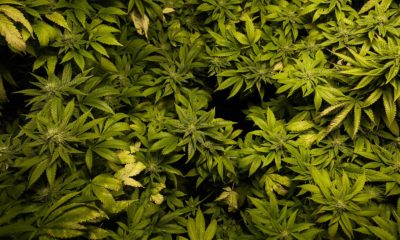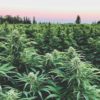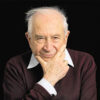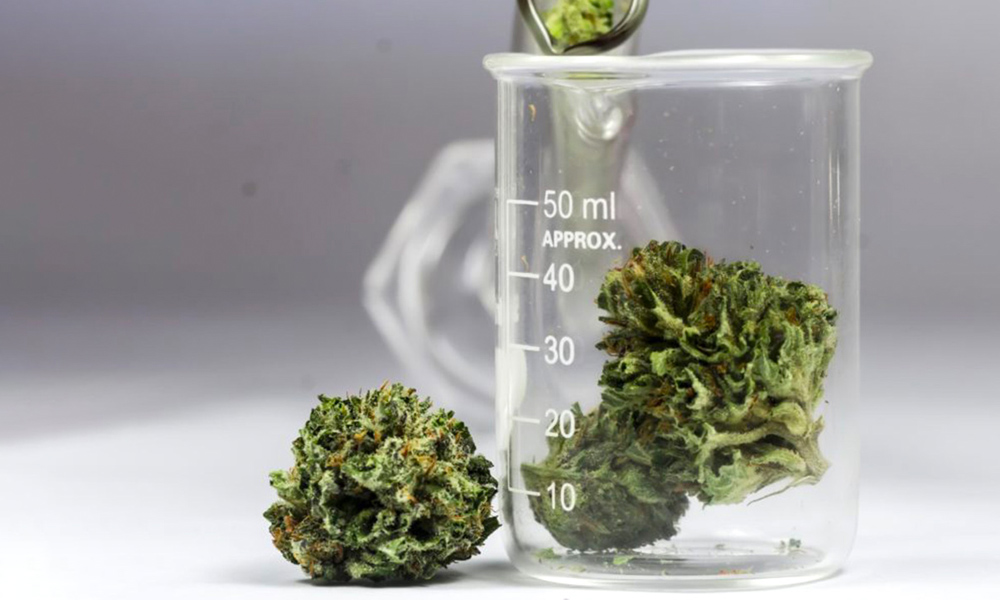
Science
Understanding HHC, the Latest Contentious Cannabinoid
Hot on the heels of the delta-8 craze, another cautionary tale emerges.
The cannabis plant naturally produces more than 100 cannabinoids, and the 2018 Farm Bill legalized all but one of them. The ruling paved the way for the dawn of the CBD age and opened the floodgates to hemp farms from coast to coast. The surge in hemp production subsequently created a surplus amount of CBD, which caused commodity prices to crash, sending extractors and processors scrambling to find alternative opportunities to convert the glut into fresh revenue streams.
A loophole in the bill meant that intoxicating cannabinoids, including delta-8, delta-10 and the hot new kid in town, hexahydrocannabinol (HHC), could be created and sold legally in states where adult-use cannabis remains illegal, as long as they contain less than 0.3% delta-9-THC.
Although a relatively new market offering, HHC was created in the 1940s by Roger Adams. The American chemist added hydrogen to the THC molecule, altering its physical properties. The process, called hydrogenation, changes the molecular weight and increases the stability of delta-9 THC by replacing a double bond with two hydrogen atoms. (Cannabinoid synthesis isn’t the only application of hydrogenation; margarine is made from vegetable oil using a similar process.) This means HHC is a synthetic cannabinoid instead of naturally occurring in the cannabis plant.
Here to make sense of HHC is cannabis scientist Dr. Markus Roggen, president and chief scientific officer at Vancouver-based Delic Labs. Dr. Roggen has been on the Cannabis Scientist Power List for three consecutive years and is considered one of the leading organic chemists in cannabinoid and psilocybin research.
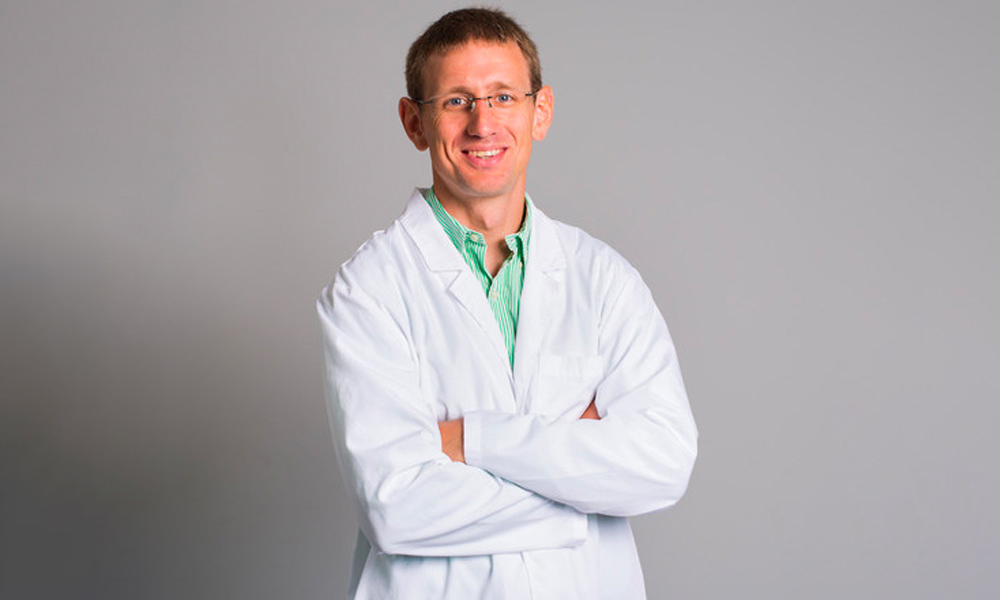
Cannabis Now: So, what exactly is HHC?
Dr. Markus Roggen: HHC is the reduced form of THC. THC is a tricyclic molecule with a cyclohexene moiety, meaning it’s a six-membered ring with one double bond. If you reduce that, you get a six-membered ring with no double bond, which is HHC. There are two isomers of HHC because the double bond was next to a methyl group. There are two forms of HHC, and there isn’t any literature discussing which one of those two diastereomers is psychoactive, or if both are and in what ratio they’re formed.
How is HHC made?
The primary source of HHC is CBD, which we know is in extreme abundance. CBD is a bicyclic structure with the same molecular weight as THC, meaning CBD converts into THC, both delta-8 and delta-9, by adding acid, which turns this bicyclic compound into a tricyclic structure. If you play with the acid or the temperature, you can push the balance between the ratio of delta-8 and delta-9. You now have THC, a tricyclic structure with a double bond. To reduce the structure with palladium catalysis—i.e., a transition metal catalyst—you use hydrogen gas and add two hydrogens across the double bond. Now you have a reduced form, HHC or hexahydrocannabinol—which has six hydrogens—THC, tetrahydrocannabinol, has four hydrogens.
What do you see as potential issues to watch out for with HHC?
My main problem is that it’s a synthetic cannabinoid—a new molecule, a new drug—not from the cannabis plant. These new “drugs” are similar to the synthetic cannabinoid scene that started with JWH-018, or “Spice,” i.e., compounds developed in academic laboratories to research the endocannabinoid system. And because these synthetic cannabinoids aren’t structurally related to THC, they don’t come up on a drug test. And as we know, synthetic cannabinoids such as Spice have killed people.
Humans have used THC and CBD for thousands of years, so we can say that cannabis is considered safe. HHC, on the other hand, was first identified and produced in the 1940s and wasn’t commercially available until last year. So how should anyone know? Some “researchers” making these compounds have no skill in making clean products; they’re just throwing acid on a cannabinoid to try and get people high.
Companies are making synthetically produced compounds while saying everything is natural and, therefore, everything is great. That’s blindsiding customers. It’s not fair to say, “this product is natural; it can’t be bad because humans have been using it for thousands of years,” and then slip in an intoxicating drug you just made in your basement. I think that’s a bad idea and it’s very dangerous for the cannabis industry that has built itself on “we’re healing people” and “we’re all natural” mantras to then say, “let’s see what my chemistry starter kit can produce.” We don’t even know if the primary product is safe.
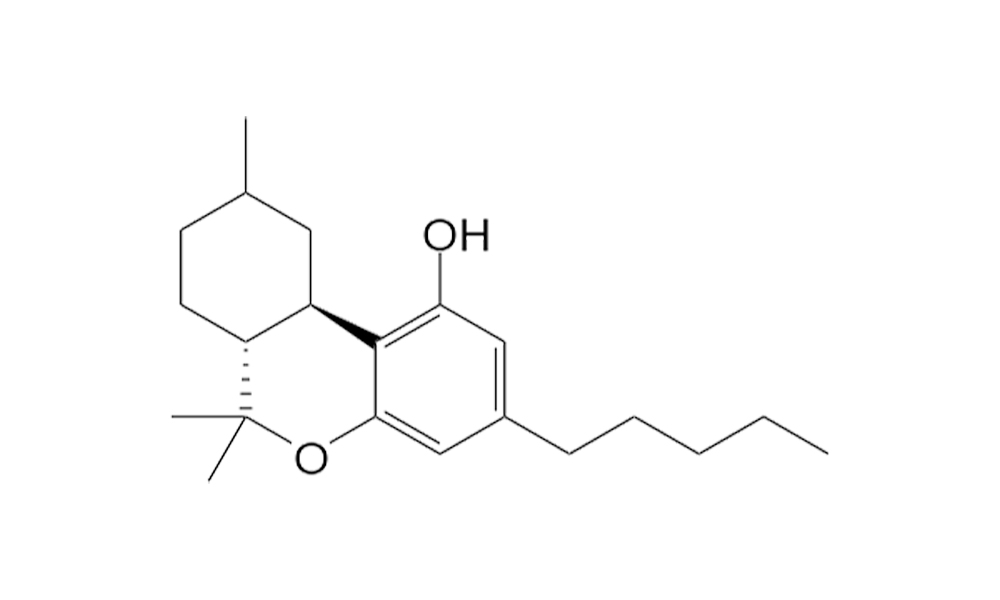
I’ve found HHC molecules when testing CBN products. To make CBN, hydrogens need to be removed with either iodine, bubbling oxygen or a metal catalyst. When creating a CBN with metal catalysis, you often get small quantities of HHC as a byproduct. The producer of the CBN products in question saw an unknown spot on their analytics. They sent the product to our lab because we have high-precision instruments only universities have. We isolated this unknown spot and did a full workup of the structure—it turned out to be HHC.
HHC is known, but the pictures, that is, the mass and NMR spectra of the molecule, aren’t publicly available, meaning people aren’t able to visually identify it. I presented this work at the American Chemistry Society [2022] spring meeting and showed the spectra we produced. Our analytics are available on our website for people to identify HHC in their samples.
What are your thoughts on synthesized cannabinoids?
I’m an organic chemist; I have faith in the pharma industry. If pharma wants to make a synthetic analog of a cannabinoid, go ahead. They know how to make them, clean them up and bring a single drug to the market with all the quality controls and oversights needed. There’s a pharmaceutical aspect to cannabinoids, as we see with GW Pharma; Dronabinol is synthetic THC. But GW was founded in the 1990s, so they’ve had a long time to get this right.
How can consumers and businesses educate themselves?
I wrote an opinion piece for MJBiz Daily as a lead into the recent MJ Biz conference titled, “Using science to create a winning marijuana industry.” One point is you shouldn’t ask yourself if you can, but if you should. My example is that companies make products they can make instead of products that the customer wants.
And one example was the whole CBD situation of synthetic cannabinoids. CBD commodity prices are so low that companies are asking, “What else can we make money with,” instead of asking, “What does the customer need and how do we make those products.” The customer apparently wants to be intoxicated, but are delta-8 and HHC the right path to go down?
Closing comments?
Suppose you have markets where you can buy delta-9 THC legally, such as Canada, Colorado and California. In that case, products such as HHC and delta-8 don’t have a need—or much of a market. HHC and delta-8 products are for the customer’s needs and the regulatory situation. So, then we ask ourselves, is the problem the customer’s intoxication wants, or the legal slalom that has to be done?







